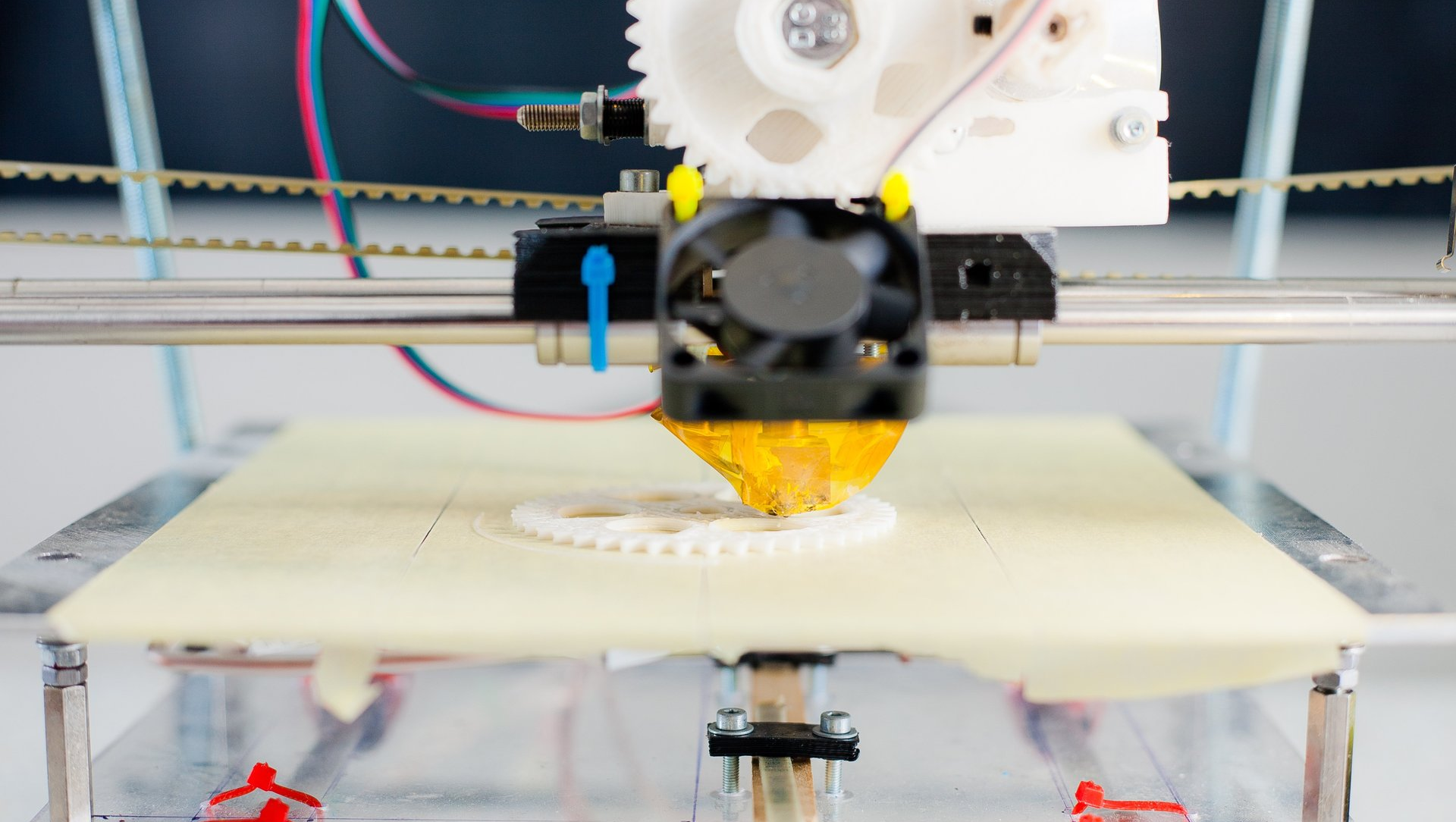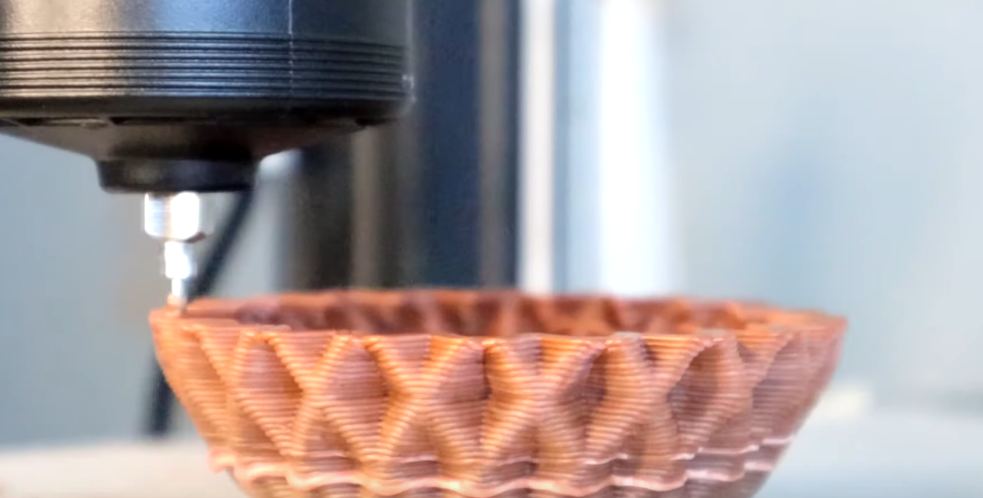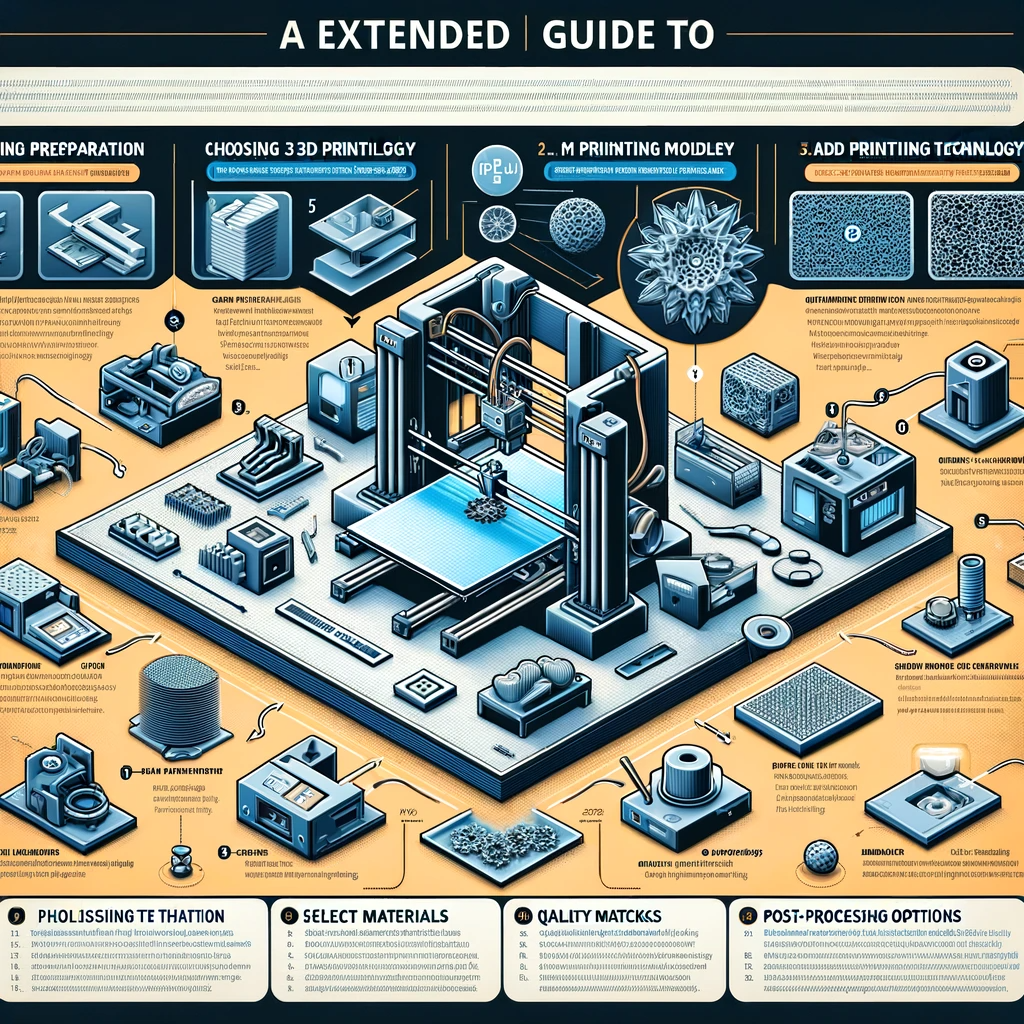PLA + Carbon Fibre
RAPID PROTOTYPING & SMALL BATCH PRODUCTION
Rapid prototyping serves as an invaluable tool for businesses aiming to swiftly iterate and test their product designs, enabling them to refine concepts and identify improvements efficiently. For small batch production runs, 3D printing technologies (FDM) and (SLS) provide a cost-effective and agile solution, enabling companies to produce limited quantities of customized components or products without the need for expensive tooling or lengthy setup times
Fused Deposition Modeling
or FDM 3D Printing
FDM printers work by heating a thermoplastic filament to its melting point and then extruding it, layer by layer, to create a three dimensional object.
FDM printers are relatively inexpensive and easy to use, making them a popular choice for home and small-scale 3D printing

Stereolithography (SLA)
Stereolithography works by using a photopolymer resin that is cured by exposure to light.
The machine traces out the desired geometry layer by layer using a computer-controlled moving laser beam.
The beam is directed by mirrors that are positioned around the build platform.

CAD DESIGN & REVERSE ENGINEERING
When it comes to certain projects, a computer-aided design, or CAD, can be extremely beneficial. A main advantage to using CAD is the fact that it provides experts with greater accuracy. This is done by replacing manual drafting with electronic design software, such as SketchUp, Fusion 360, or AutoCAD Design Edition.
SOME INFOMATION ABOUT THE MATERIAL
PLA, or Polylactic Acid, is a thermoplastic that is derived from renewable resources like corn starch or sugar cane. Unlike other 3D printing materials, PLA is completely plant-based and biodegradable.
This makes it an incredibly popular choice for 3D printing, as it is much friendlier to the environment than other plastics. PLA is also one of the easiest materials to print with, making it a great choice for both beginners and experienced 3D printers alike.
Now, PLA infused with Carbon Fibre is made using Natureworks PLA and premium high-modulus carbon fiber. This material offers ease of printing, strength & stiffness, excellent dimensional stability, and an amazing surface finish.
PLA infused with Carbon Fibre is the perfect material for creating strong, durable, and lightweight 3D printed parts. If you need a material that is both strong and lightweight, PLA infused with Carbon Fibre is a great choice. This material is also easy to print with, making it a great choice for both beginners and experienced 3D printers.
Is carbon fiber PLA stronger than PLA?
It is more brittle than standard PLA in its filament form, so handle it carefully to prevent breakage. How much stronger is it? The short answer is that this filament isn't "stronger," rather, it is more rigid.
tensile strength is 95 MPa
Contact us
Address
Enterprise House
Ocean Way
Ocean Villiage
Southampton
SO14 3XB
(+44) 02381244996
(+44) 07876131539
info@mitchellsson.co.uk
PLA (Polylactic Acid) infused with Carbon Fiber is a popular 3D printing filament that combines the benefits of PLA with the added strength and durability of carbon fiber. Here is some technical data on 3D Printed PLA infused with Carbon Fiber filament:
1. Melting Temperature: The melting temperature for PLA infused with Carbon Fiber is around 200-220°C. It is important to maintain a consistent temperature throughout the printing process to ensure quality prints.
2. Filament Diameter: The diameter of PLA infused with Carbon Fiber filament is usually 1.75mm or 3mm, but it can vary depending on the manufacturer.
3. Print Bed Temperature: The recommended print bed temperature for PLA infused with Carbon Fiber is around 50-60°C. This is necessary to ensure good adhesion to the print bed.
4. Cooling: PLA infused with Carbon Fiber benefits from some cooling during the printing process, but too much cooling can cause warping or cracking of the print.
5. Tensile Strength: PLA infused with Carbon Fiber has a high tensile strength of around 60-70 MPa, which means it can withstand a lot of stress without breaking.
6. Flexural Strength: PLA infused with Carbon Fiber also has a high flexural strength of around 100-120 MPa, which means it can bend and resist deformation without breaking.
7. Impact Strength: PLA infused with Carbon Fiber has good impact strength, making it a good choice for parts that will be subjected to shock or vibration.
8. Chemical Resistance: PLA infused with Carbon Fiber is resistant to a wide range of chemicals, making it suitable for use in harsh environments.
9. Print Speed: PLA infused with Carbon Fiber can be printed at a relatively high speed, but it is important to maintain a consistent temperature throughout the process.
10. Post-processing: PLA infused with Carbon Fiber can be sanded, painted, and glued. It can also be polished using a polishing compound to give it a smooth, glossy finish.
Latest Articles
About Us
All Rights Reserved | Mitchell and Son Additive Manufacturing Ltd | Registered Company in England and Wales | Company Number : 12038697
| Public Liability Insurance no. 14615097
Insurer: AXA XL











